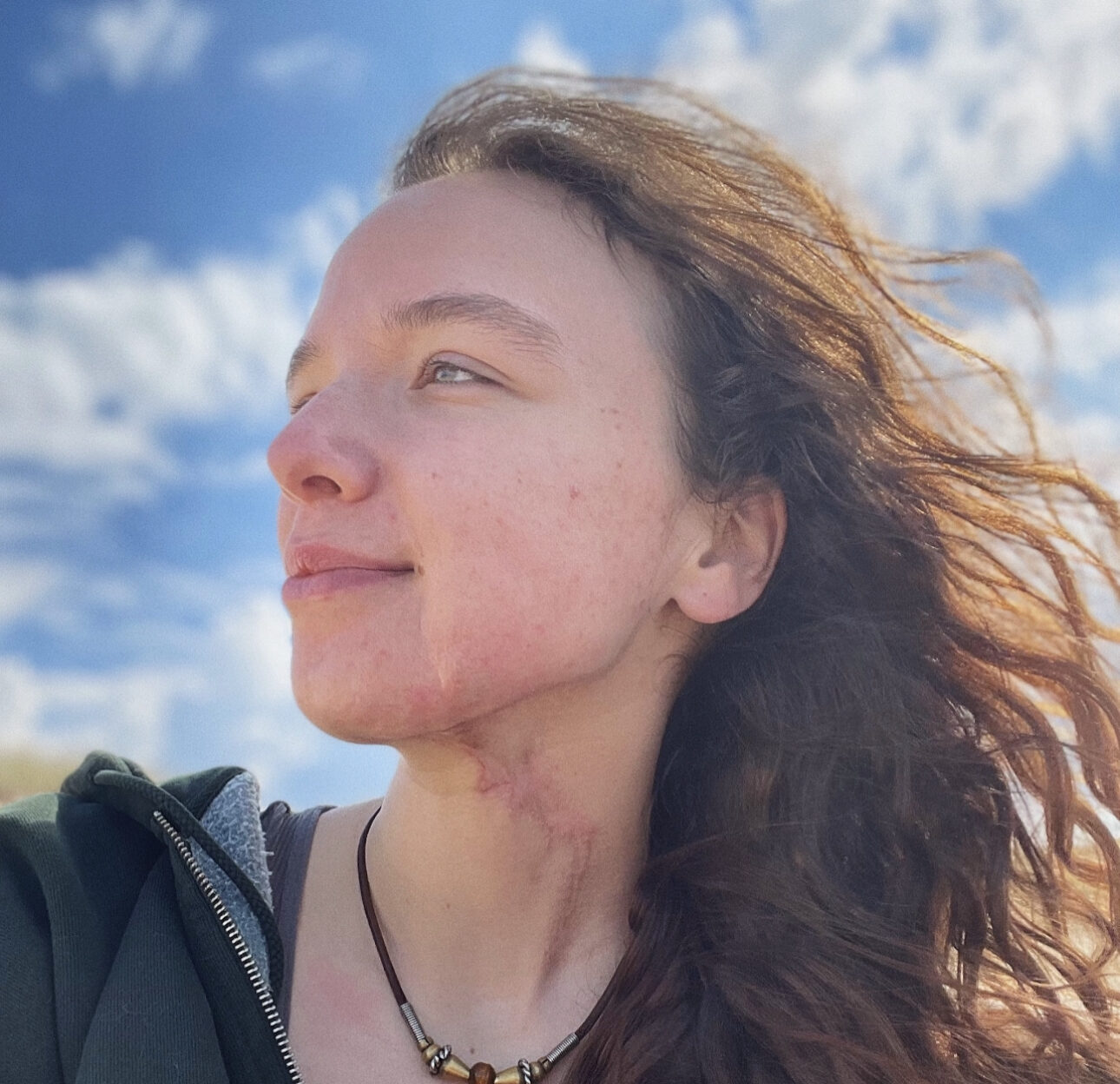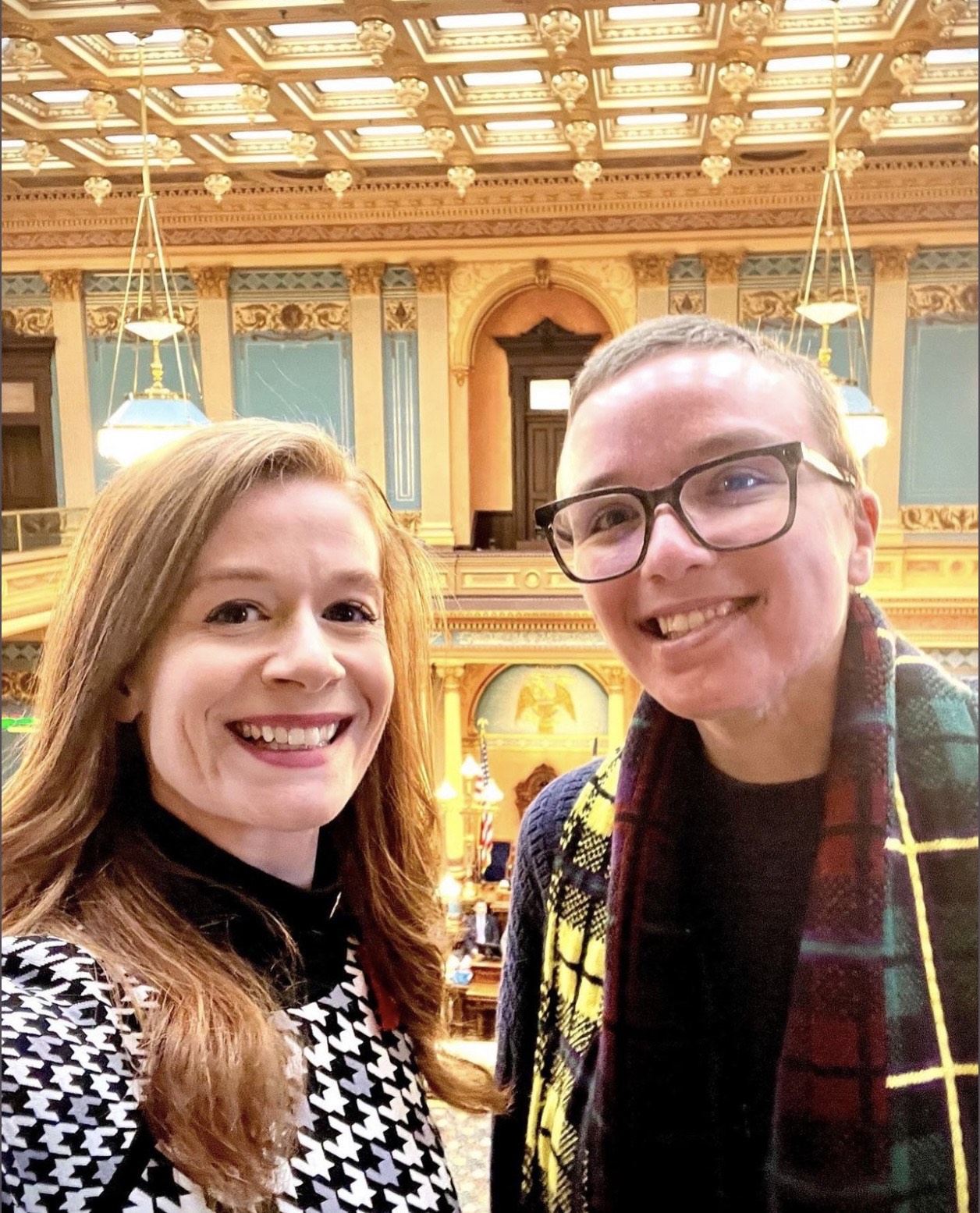How can I “be her” if I never “see her” in the media?
by Charlene Pell
Part 1 of 2.
In televised advertisements for the “See Her, Be Her” movement, an accomplished group of girls and women, diverse in age, race, ethnicity, and sexual orientation, discuss the importance of seeing themselves depicted authentically in the media. The Association of National Advertisers, the U.S. advertising industry’s oldest and largest trade association, and The Female Quotient, a female-owned company advancing equality in the workplace, created the movement in 2016 with hopes that accurate portrayals will help all women and girls see themselves as capable, help eliminate gender bias in hiring, and advocate for equal pay and opportunities for women. Numerous See Her ads have appeared during March, which is Women’s History Month, particularly on CBS, a partner with the “See Her” campaign.
One problem tarnishes the goal and accomplishments of the campaign, though: It excludes millions of girls and women with congenital or acquired facial disfigurement or difference.
An estimated 10% of the population has facial differences (Valente, 2004). But when did you last see a girl or woman with a distinctive face in an advertisement or portraying a happy, successful, strong character on television or in a film? This population is “invisible” except when cast as deviant or evil, or as outcasts meant to be pitied, or revered as an inspiration, due to their differences.
Of the 15 See Her ads on YouTube, one of the most diverse advocates for an authentic depiction of women in STEM; it features a young woman in a wheelchair. Former President Barack Obama makes the opening remarks, stating, “It’s hard to be what you can’t see.” The caption below the YouTube video reads, “We believe that media and technology can play a major role in how women and girls see themselves. We believe the power of this visibility will inspire in our world. And we believe that projecting truth and inclusiveness will benefit all people everywhere.”
The See Her guide, #WriteHerRight, states that “media has the opportunity — and responsibility — to present authentic representation and storytelling, as media may be the only window for many to see others who are different than themselves.” Regrettably, most media do not adhere to this admirable mission. Instead, on the rare occasion when we see a woman or girl living with difference on television, interviewers focus on the disease or tragedy that caused their difference and pathologize them, exacerbating the stigma associated with disfigurement. Other times, they are cast as a novelty, evoking voyeurism. When we see a disfigured female in an ad, it is usually to promote a drug to treat a dermatological condition.
Examining the underrepresentation of people with disability offers insight into the “invisibility” and misrepresentation of people with facial differences. The 2021-22 “Where We Are on T.V. Report,” funded by the queer rights organization GLAAD, found that, in 2019, only 18 characters out of 857 portrayed on television were characters with disabilities — less than three percent — and most were not portaryed by disabled actors. In 2018, the Centers for Disease Control reported that one in four adults in the U. S. has a disability.
There has been a disproportionate representation of people with disabilities in all media for decades. However, this is gradually improving for specific disabilities, such as limb loss and Down syndrome. Those who use wheelchairs are the most visible. Because wheelchairs are now more commonplace on televison, the depiction of this type of mobility may diminish the stigma associated with the wheelchair user.
Casting people with facial disfigurement as confident and capable would help to change negative attitudes and false misconceptions. Continuing to ignore, exclude, or misrepresent us perpetuates the stigma, prejudice, and discrimination.
Yes, us. I am one of many accomplished, disfigured individuals. In my case, a fiery plane crash left me with burns covering 64% of my body, including my face. Yet, all things considered, after 60 surgeries, I am satisfied with my appearance. I am neither a villain nor need to be anyone else’s inspiration. But given my work with hundreds of other disfigured individuals, I can affirm it is tough to envision one’s full potential when you never see yourself accurately and authentically depicted in television or film. Concentrating on one’s contributions to society is challenging while being judged, avoided, and excluded because of facial differences.
Contrary to popular belief, many disfigured girls and women contribute to society. For example, a recent blog describes how Indian acid survivor and activist Laxmi Agarwalji continues to shatter stereotypes and beauty norms as the face of many beauty brands while championing the rights of acid survivors and a law to ban the sale of acid.
I encourage SeeHer to include girls and women with facial differences in their ads. Women like the award-winning playwright Sara Ruhl, who has Bell’s Palsy, or Malala Yousafzai, the remarkable young woman shot by the Taliban, and Phyllida Swift, CEO of Face Equality International, or Winnie Harlow, the stunning Jamaican-Canadian fashion model whose beauty outshines her vitiligo. Moreover, I and 10 percent of the population with a distinctive face (Valente, 2004) are potential consumers of products and services appealing to everyone.
Charlene Pell is the Founder and Executive Director of Facing Forward, Inc., a 501(C)3 nonprofit that empowers people with disfigurement to contend with staring and communicate confidently. She advocates for the appreciation and inclusion of people with disfigurement, and proportional, authentic media representation.
This article (including links) was originally published by Psychology Today. Please click here to view the original article.
Read Part 2 of the article here.
Tags: advocacy, Face Equality, facial difference, facial difference community, media, media representation Posted by


